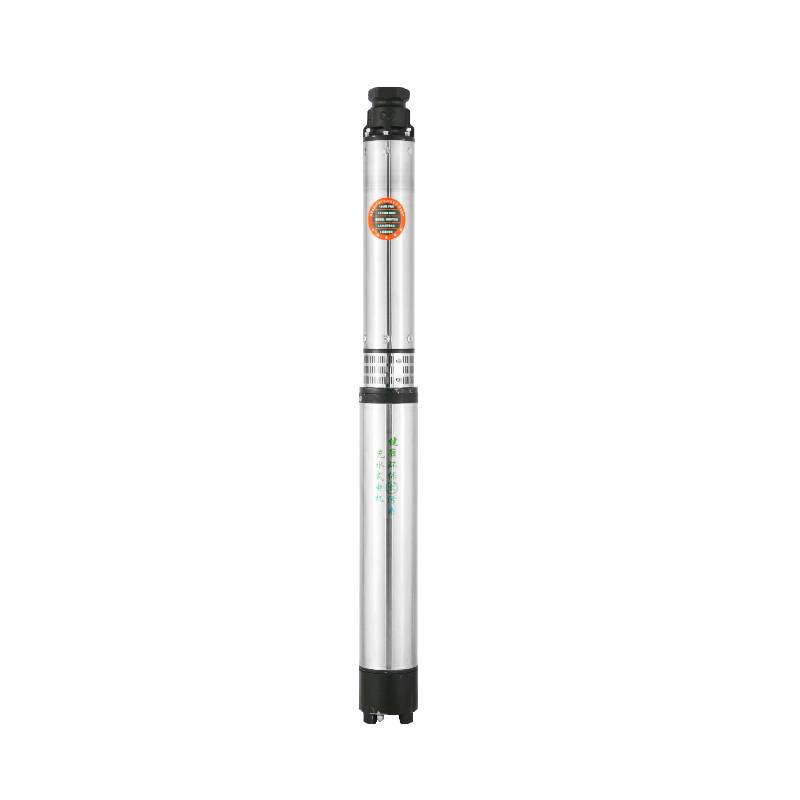Dec . 05, 2024 14:16 Back to list
deep well submersible pump problems
Deep Well Submersible Pump Problems and Solutions
Deep well submersible pumps are crucial components in various applications, from agricultural irrigation to municipal water supply systems. These pumps are designed to be submerged in water, ensuring a reliable and consistent flow even from great depths. However, like any mechanical system, they can encounter issues that may hinder their performance. Understanding these problems and their potential solutions is vital for maintaining efficient operation.
Common Problems with Deep Well Submersible Pumps
1. Overheating One of the most common problems with submersible pumps is overheating, which can lead to severe damage. Overheating may be caused by insufficient cooling, particularly if the pump is operating at low water levels or if the well is not producing enough water. When the pump is not fully submerged, it loses its ability to cool down, leading to excessive wear on the motor and other components.
2. Cavitation Cavitation occurs when the pressure in the pump drops below the vapor pressure of the fluid, causing vapor bubbles to form and collapse violently. This can lead to noise, vibration, and erosion of the pump parts. The primary causes of cavitation include low inlet pressure, excessive pump speed, and a partially closed valve on the discharge line.
3. Mechanical Failures Mechanical issues such as bearing failure, seal damage, and impeller wear are common in submersible pumps. These failures can result from a lack of proper maintenance, excessive pumping loads, or operational conditions outside the pump's specifications. Regular inspections and adherence to maintenance schedules can help mitigate these failures.
4. Electrical Problems Deep well submersible pumps rely on electric motors for operation. Issues such as power surges, improper voltage, or electrical connection failures can prevent the pump from functioning. Additionally, water ingress into the motor due to seal failures can lead to short-circuiting or corrosion, causing permanent damage.
5. Sediment and Clogging Sediment build-up in the well can lead to clogging of the pump's intake screen or impeller. This not only reduces efficiency but can also increase the risk of overheating. In areas with high sediment content, regular maintenance and cleaning of the pump may be necessary.
deep well submersible pump problems

Solutions to Common Problems
To address these common issues with deep well submersible pumps, several proactive measures can be implemented
- Regular Maintenance Establishing a routine maintenance schedule is essential. This includes inspecting and servicing the pump, checking electrical connections, and cleaning any debris or sediment that may accumulate.
- Monitoring Performance Installing flow meters and pressure sensors can help monitor the pump’s performance in real-time, allowing operators to detect issues such as decreased flow rates or unusual vibrations early on.
- Proper Sizing and Installation Ensuring the pump is correctly sized for the intended application is critical. An oversized or undersized pump can lead to inefficiencies and premature failure. Additionally, proper installation with adequate clearance from the well bottom can help prevent sediment clogging.
- Cooling Solutions To avoid overheating, ensure that the pump is fully submerged in water during operation. In cases where the water level is low, consider installing a low water cutoff switch to prevent the pump from operating under unsafe conditions.
- Addressing Electrical Issues Regular inspections of electrical components, including wiring and control systems, can help prevent failures. Installing surge protectors can also safeguard the pump from voltage spikes.
In conclusion, while deep well submersible pumps are essential for many applications, they are prone to various operational problems. By understanding these issues and implementing preventive measures, users can extend the life and efficiency of their pumps, ensuring a reliable water supply for their needs. Regular maintenance, appropriate sizing, and monitoring can significantly reduce the chances of encountering serious problems, ultimately leading to improved performance and lower operational costs.
-
Submersible Water Pump: The Efficient 'Power Pioneer' of the Underwater World
NewsJul.01,2025
-
Submersible Pond Pump: The Hidden Guardian of Water Landscape Ecology
NewsJul.01,2025
-
Stainless Well Pump: A Reliable and Durable Pumping Main Force
NewsJul.01,2025
-
Stainless Steel Submersible Pump: An Efficient and Versatile Tool for Underwater Operations
NewsJul.01,2025
-
Deep Well Submersible Pump: An Efficient 'Sucker' of Groundwater Sources
NewsJul.01,2025
-
Deep Water Well Pump: An Efficient 'Sucker' of Groundwater Sources
NewsJul.01,2025
-
 Submersible Water Pump: The Efficient 'Power Pioneer' of the Underwater WorldIn the field of hydraulic equipment, the Submersible Water Pump has become the core equipment for underwater operations and water resource transportation due to its unique design and excellent performance.Detail
Submersible Water Pump: The Efficient 'Power Pioneer' of the Underwater WorldIn the field of hydraulic equipment, the Submersible Water Pump has become the core equipment for underwater operations and water resource transportation due to its unique design and excellent performance.Detail -
 Submersible Pond Pump: The Hidden Guardian of Water Landscape EcologyIn courtyard landscapes, ecological ponds, and even small-scale water conservancy projects, there is a silent yet indispensable equipment - the Submersible Pond Pump.Detail
Submersible Pond Pump: The Hidden Guardian of Water Landscape EcologyIn courtyard landscapes, ecological ponds, and even small-scale water conservancy projects, there is a silent yet indispensable equipment - the Submersible Pond Pump.Detail -
 Stainless Well Pump: A Reliable and Durable Pumping Main ForceIn the field of water resource transportation, Stainless Well Pump has become the core equipment for various pumping scenarios with its excellent performance and reliable quality.Detail
Stainless Well Pump: A Reliable and Durable Pumping Main ForceIn the field of water resource transportation, Stainless Well Pump has become the core equipment for various pumping scenarios with its excellent performance and reliable quality.Detail
